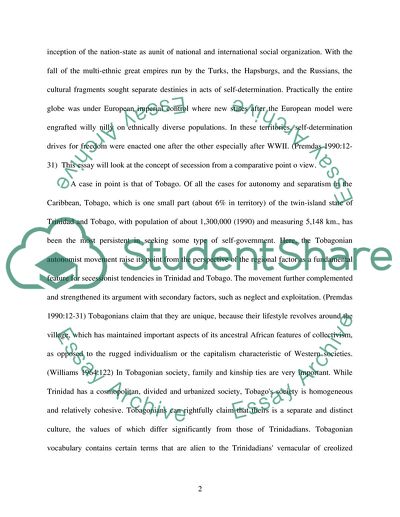Cite this document
(The Cases for Autonomy and Separatism in the Caribbean Case Study, n.d.)
The Cases for Autonomy and Separatism in the Caribbean Case Study. Retrieved from https://studentshare.org/politics/1540812-scrutinise-the-concept-of-secession-with-comparative-reference-to-at-least-two-countries
The Cases for Autonomy and Separatism in the Caribbean Case Study. Retrieved from https://studentshare.org/politics/1540812-scrutinise-the-concept-of-secession-with-comparative-reference-to-at-least-two-countries
(The Cases for Autonomy and Separatism in the Caribbean Case Study)
The Cases for Autonomy and Separatism in the Caribbean Case Study. https://studentshare.org/politics/1540812-scrutinise-the-concept-of-secession-with-comparative-reference-to-at-least-two-countries.
The Cases for Autonomy and Separatism in the Caribbean Case Study. https://studentshare.org/politics/1540812-scrutinise-the-concept-of-secession-with-comparative-reference-to-at-least-two-countries.
“The Cases for Autonomy and Separatism in the Caribbean Case Study”. https://studentshare.org/politics/1540812-scrutinise-the-concept-of-secession-with-comparative-reference-to-at-least-two-countries.


